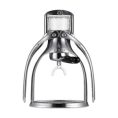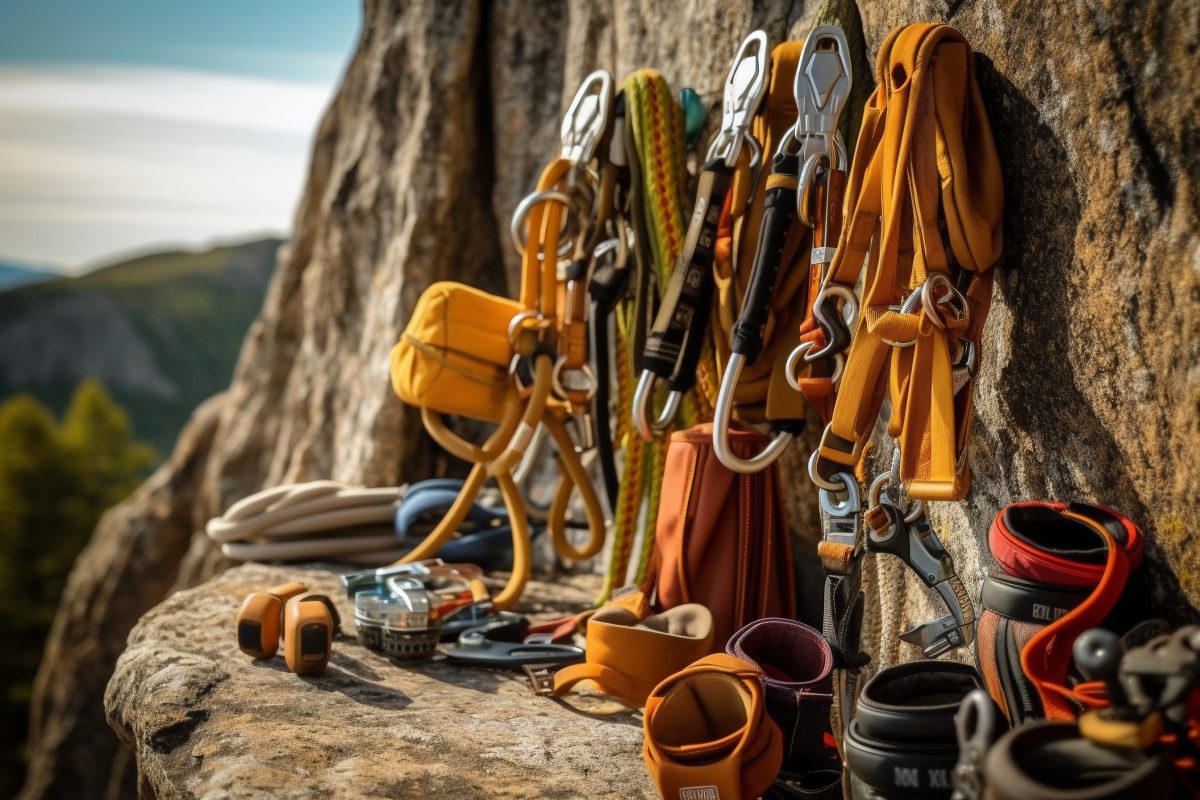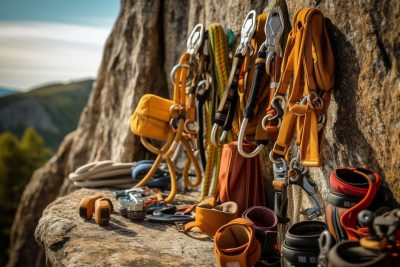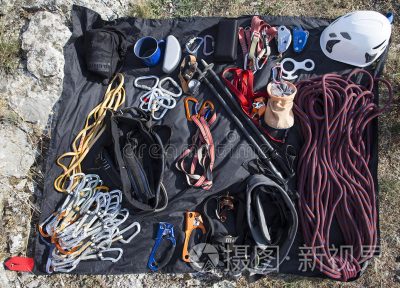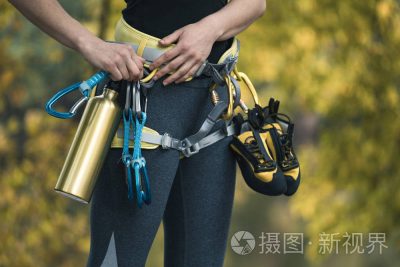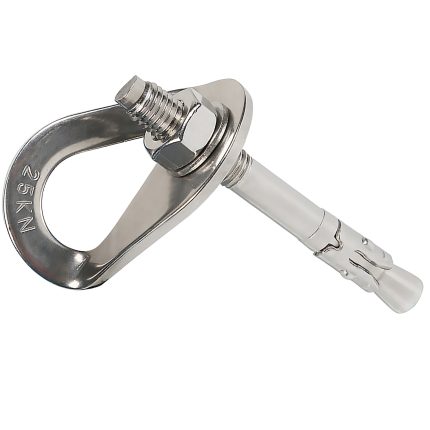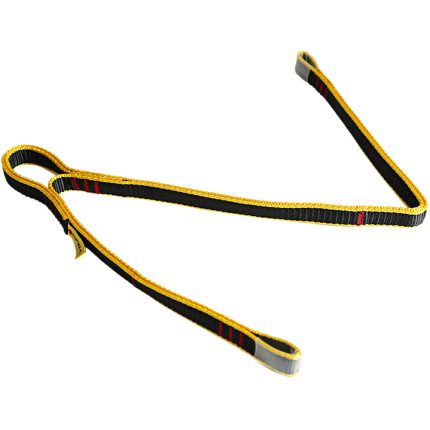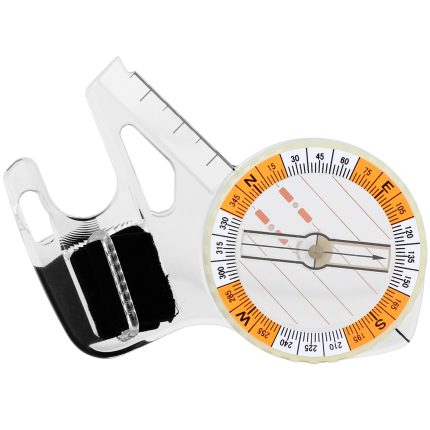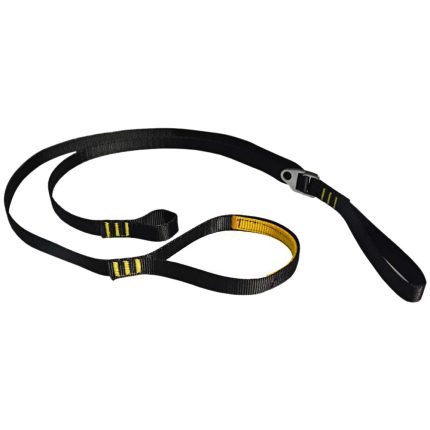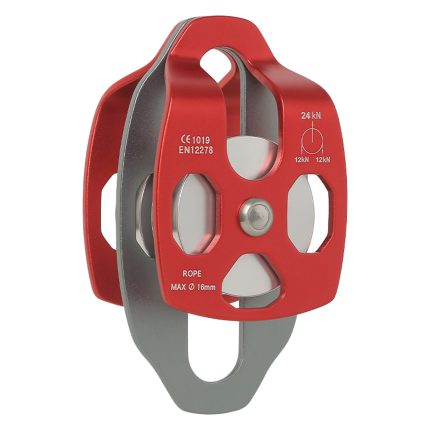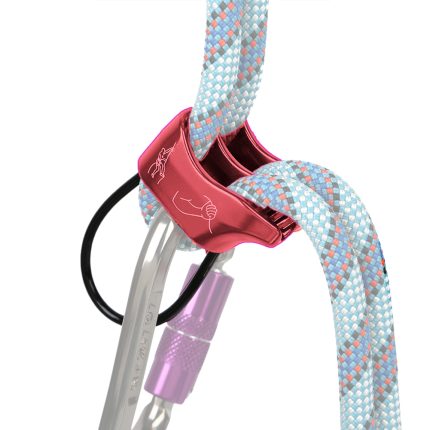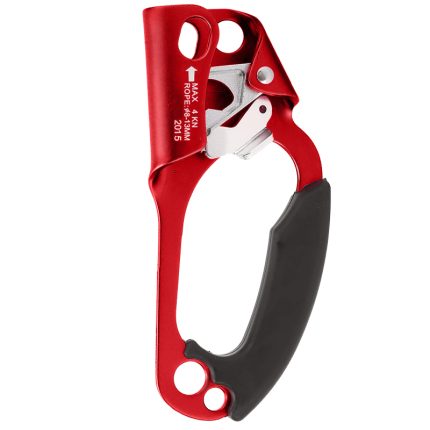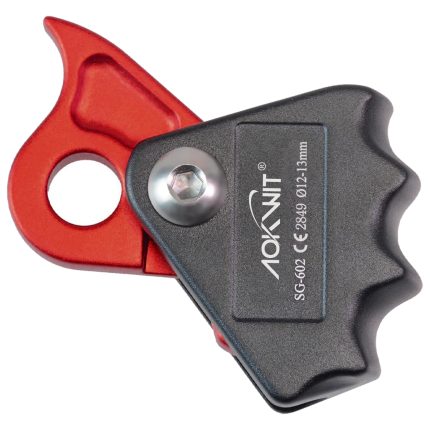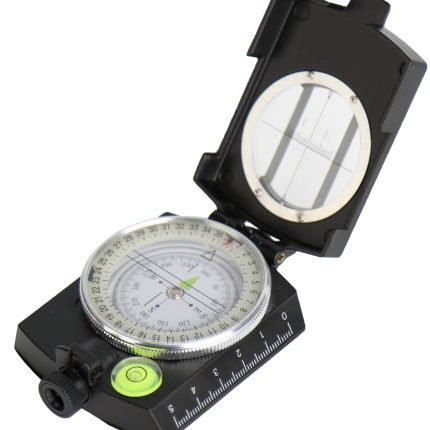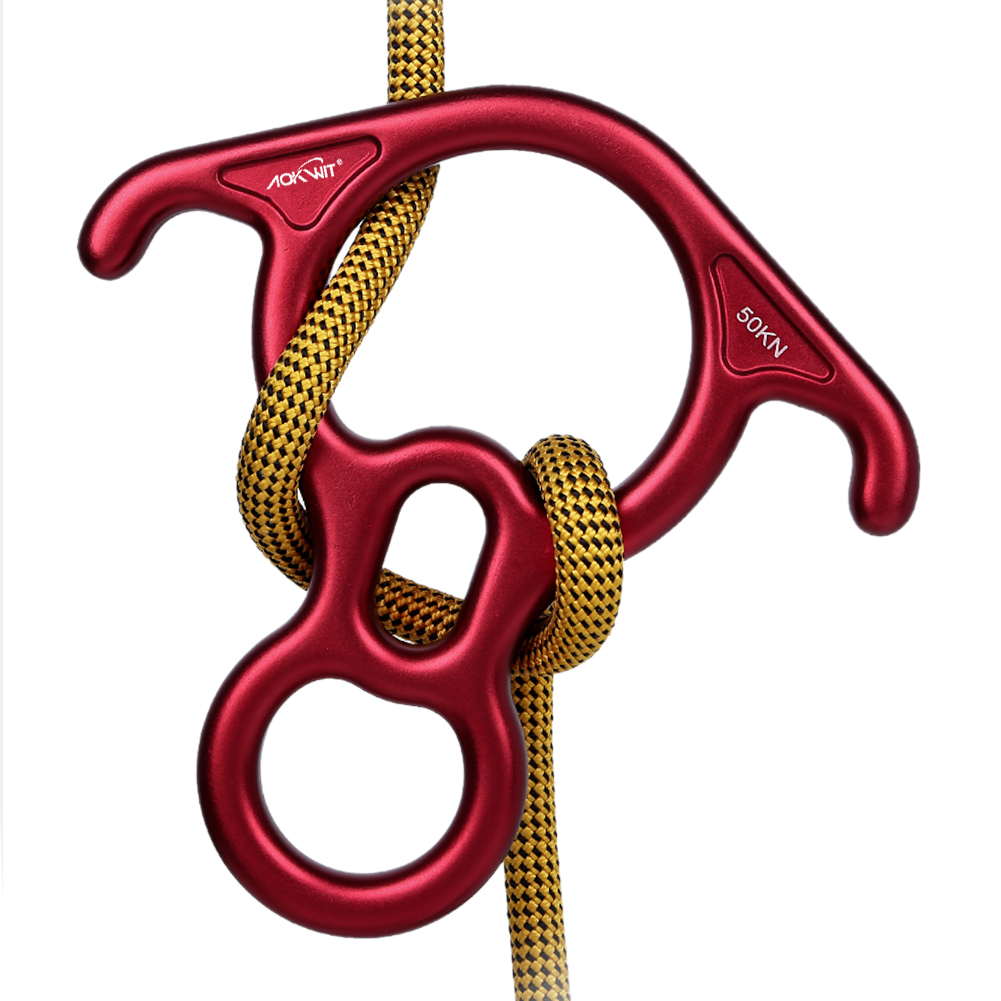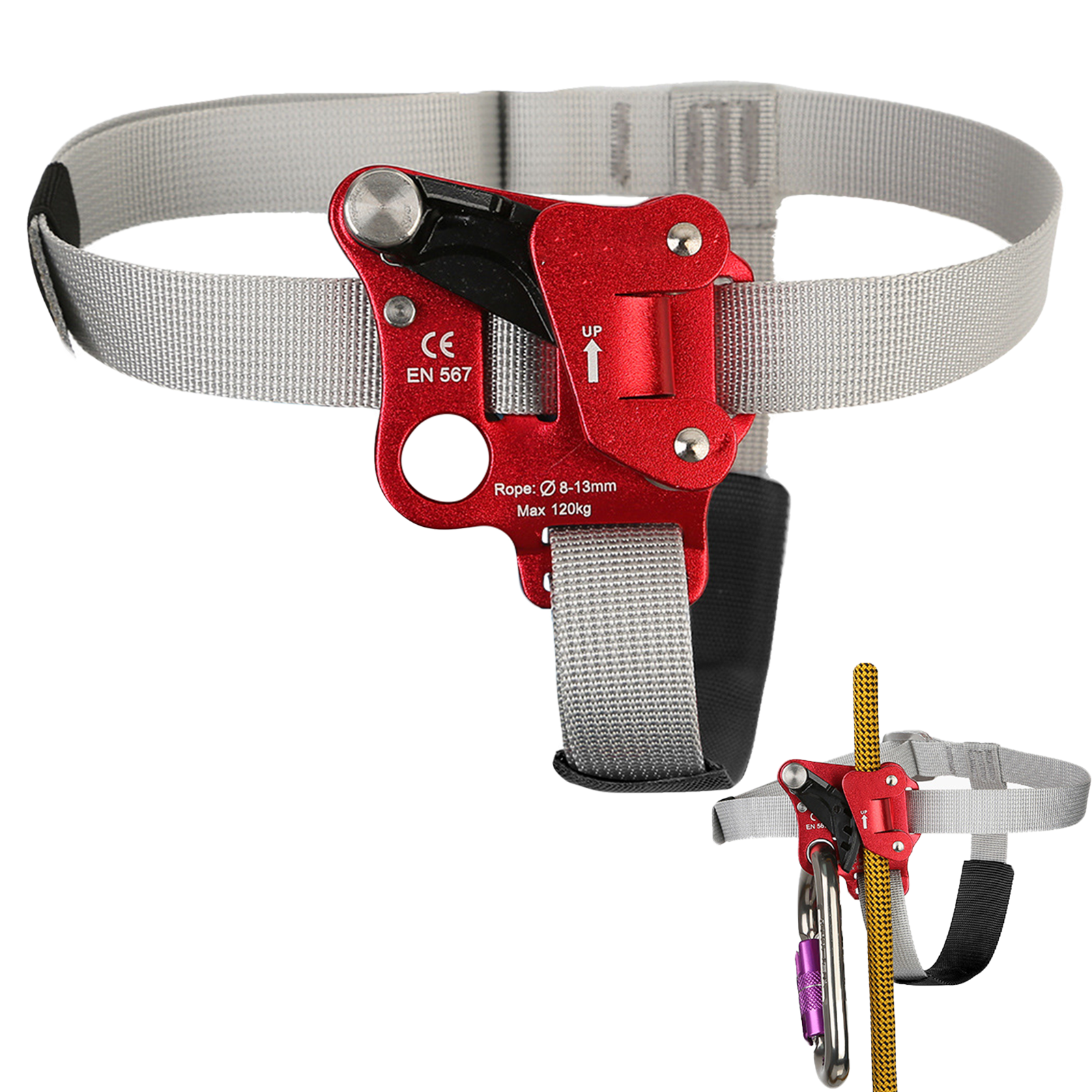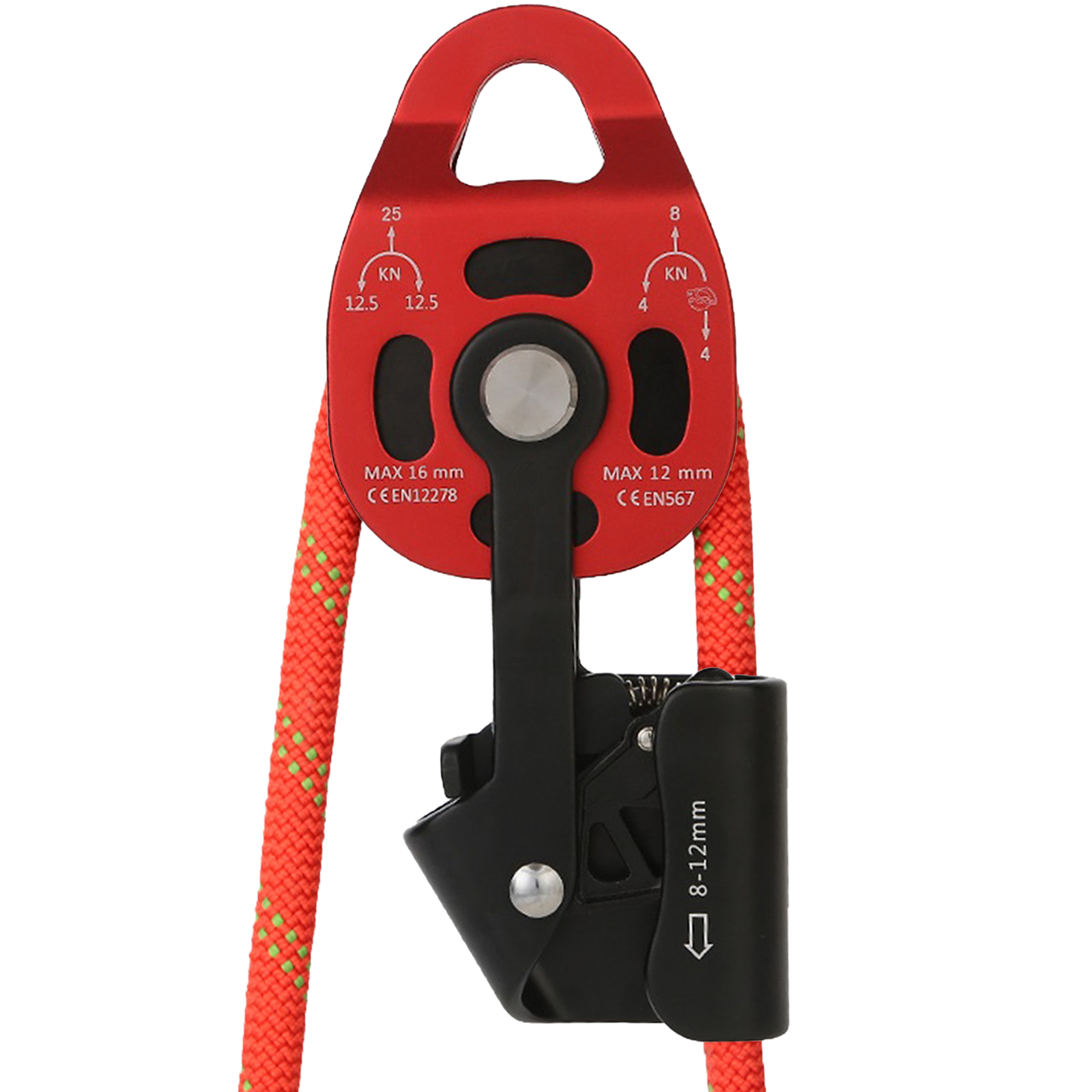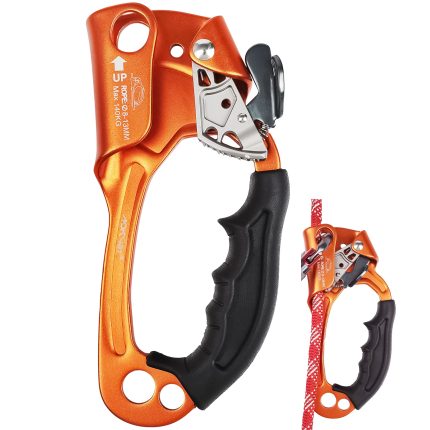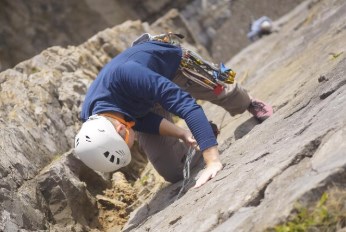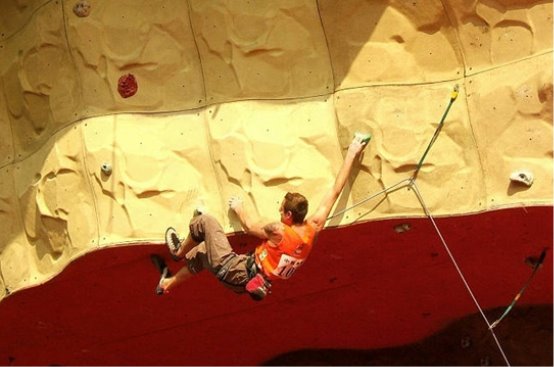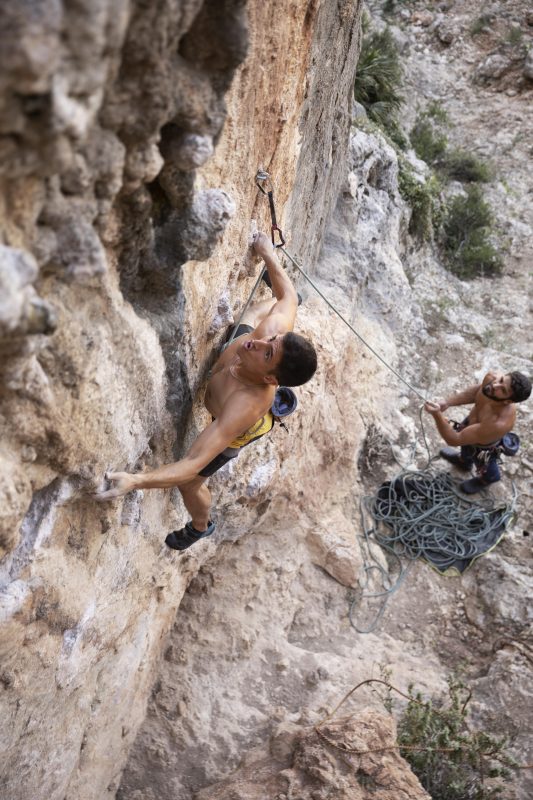Leveraging Your Body: How Women Conquer Steep Rock Walls
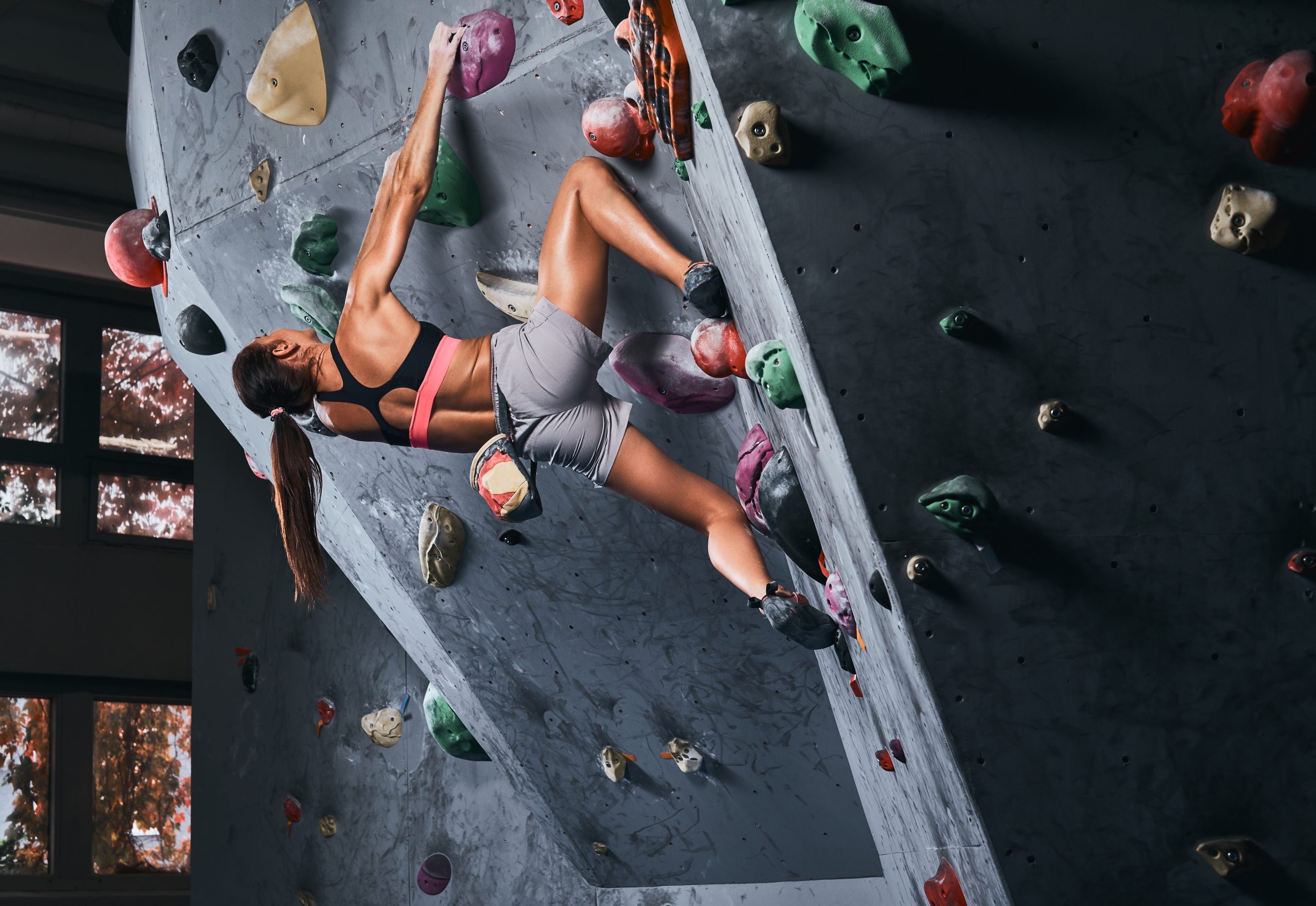
The similarities between men and women in sports often lead to the misconception that women should adopt all aspects of male training wholesale to achieve performance levels as close as possible to men.

However, like other sports, climbing requires not only mastering various techniques but also undergoing rigorous sport-specific physical conditioning.
This article aims to analyze the anatomical and physiological characteristics of female climbers, hoping to provide some assistance to female climbing enthusiasts!
I. Physical Characteristics:
There are differences in body proportions between men and women. Women typically have a longer torso and relatively shorter legs, with a body center of gravity approximately 6% lower than men. This gives women better balance. Additionally, women have narrower shoulders and wider hips.
Compared to men, whose muscle mass constitutes 40%-50% of body weight, women’s muscles are generally less developed, usually not exceeding 35% of body weight. According to research by Letunov (former Soviet Union), women’s body fat averages 28% of body weight, while men’s averages only 18%.
This means women have 10%-15% less muscle mass beneficial for athletic performance and approximately 10% more fat tissue that is less advantageous. However, exceptions exist, such as women with naturally low body fat, narrow hips, and a lean build who demonstrate significant athletic potential.
Since women’s abdominal, shoulder, and leg muscles are significantly weaker than men’s, based on the above characteristics, climbing training should pay particular attention to developing qualities like absolute strength and strength endurance.

On the other hand, because women’s bone tissue contains more water and fat, and their spinal intervertebral discs are thicker, women possess greater flexibility and mobility. This allows for better regulation of movement timing and rhythm, giving them advantages in areas like balance, agility, and flexibility during athletic activities.
In a sense, female athletes may be able to master technique more effectively.
II. Training During Menstruation:
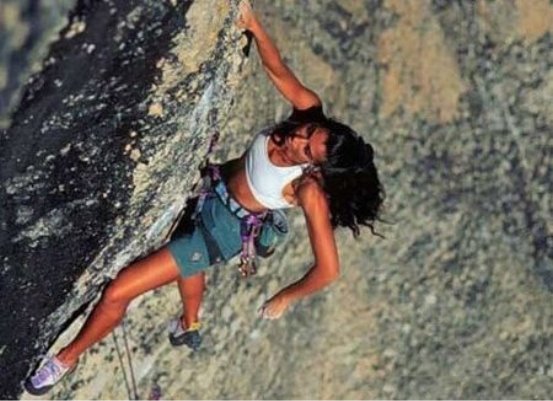
Traditional biases have significantly impacted the correct understanding of women’s physiological characteristics in sports. The vast majority of female athletes either avoid training or engage only in light activity during menstruation, when the reality is often the opposite.
During menstruation, mild discomfort such as lower abdominal bloating, lower backache, poor appetite, fatigue, and emotional irritability are normal physiological phenomena. Training can proceed as usual, but training volume can be appropriately adjusted.
Appropriate exercise can effectively improve the body’s functional state and promote blood circulation. The alternating contraction and relaxation of the abdominal and pelvic floor muscles during exercise act as a massage on the uterus, aiding in the expulsion of menstrual blood.
The human body has a strong capacity for adaptation and will quickly adjust to training during menstruation. Of course, individual differences exist. As surveys have found, 81.6% of female athletes perform at their normal level or better during menstruation, while 18.4% perform below their normal level.
As seen above, individual differences in the body’s reaction during menstruation do exist. However, it must be recognized that once an athlete commits to climbing, she must possess strong determination and a spirit of endurance.
During menstruation, female athletes can focus training on aspects such as: hand muscles, upper arm muscles, forearm muscles, and technical application of force (gripping, pulling, pushing, stepping, edging, smearing) and balance.
III. Developing Strength:
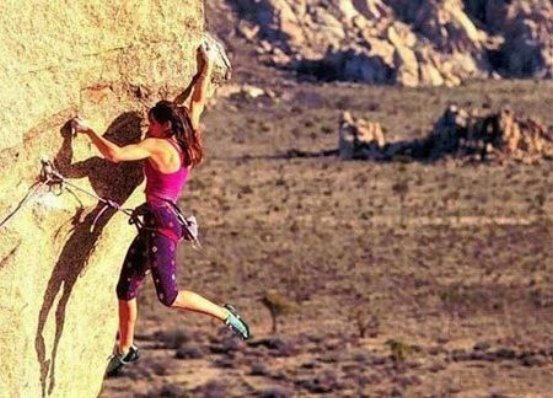
Technically, climbing is fixed-point ascent. It demands significant strength from the athlete to overcome gravity and ascend. Therefore, developing sport-specific strength becomes critically important in climbing training.
This is especially true for female athletes, whose muscles are generally less developed and who have higher body fat. Furthermore, women’s muscles contain 74.7% water and less glycogen than men’s, contributing to weaker muscular strength.
Muscle strength is related to nervous system function, muscle physiology and biochemistry, and muscle cross-sectional area. An increase in muscle cross-section is caused by the thickening of muscle fibers; a thicker cross-section means greater strength.
Strength training is an effective means of increasing muscle fiber thickness.
To develop muscular strength in women for climbing, it’s essential not only to broadly develop strength in the shoulder girdle muscles, back muscles, abdominal muscles, and pelvic girdle muscles, but also to focus specifically on developing strength in areas like the upper arm muscles, forearm muscles, foot muscles, and hand muscles.
Training methods for developing strength are numerous; common examples include:
- Shoulder Girdle Muscles: Weighted straight-arm lateral raises, cable machines, etc.
- Back Muscles: Barbell shrugs, pull-ups, rope climbs, weighted back extensions, etc.
- Abdominal Muscles: Lying leg raises, weighted torso twists, hanging leg raises, etc.
- Pelvic Girdle Muscles: Weighted high knees, front kicks, prone leg lifts (“back kicks”), weighted leg curls/extensions, etc.
- Upper Arm Muscles: Parallel bar dips.
- Forearm Muscles: Wrist roller (pronation/supination), barbell wrist curls/extensions (overhand/underhand grip), etc.
- Hand Muscles: Fingerboard hangs, grip trainers, finger curls with weights, etc.
According to Japanese data, the period of fastest strength development is between 13-14 years old. Research by Kolobkov (USSR) on age-related changes in muscle strength suggests peak strength occurs between 20-23 years old. This means that for women, absolute strength increases fastest around 13-14 years old, and maximal strength is typically demonstrated between 20-23 years old.
Therefore, training must be arranged rationally according to the athlete’s age and physical condition.
Generally speaking, most competitive climbers today are around 18-23 years old. At this stage, strength levels are near their peak, and gains in absolute strength slow down. Training volume and intensity for strength should follow a wave-like (periodized) progression.
Based on women’s characteristics, strength training should avoid using monotonous, very heavy loads with high repetitions, as this places excessive pressure on the lower pelvis. Limiting the range of motion during exercises should also be avoided, as it can cause ligament and tendon tightness, negatively impacting muscle elasticity.


